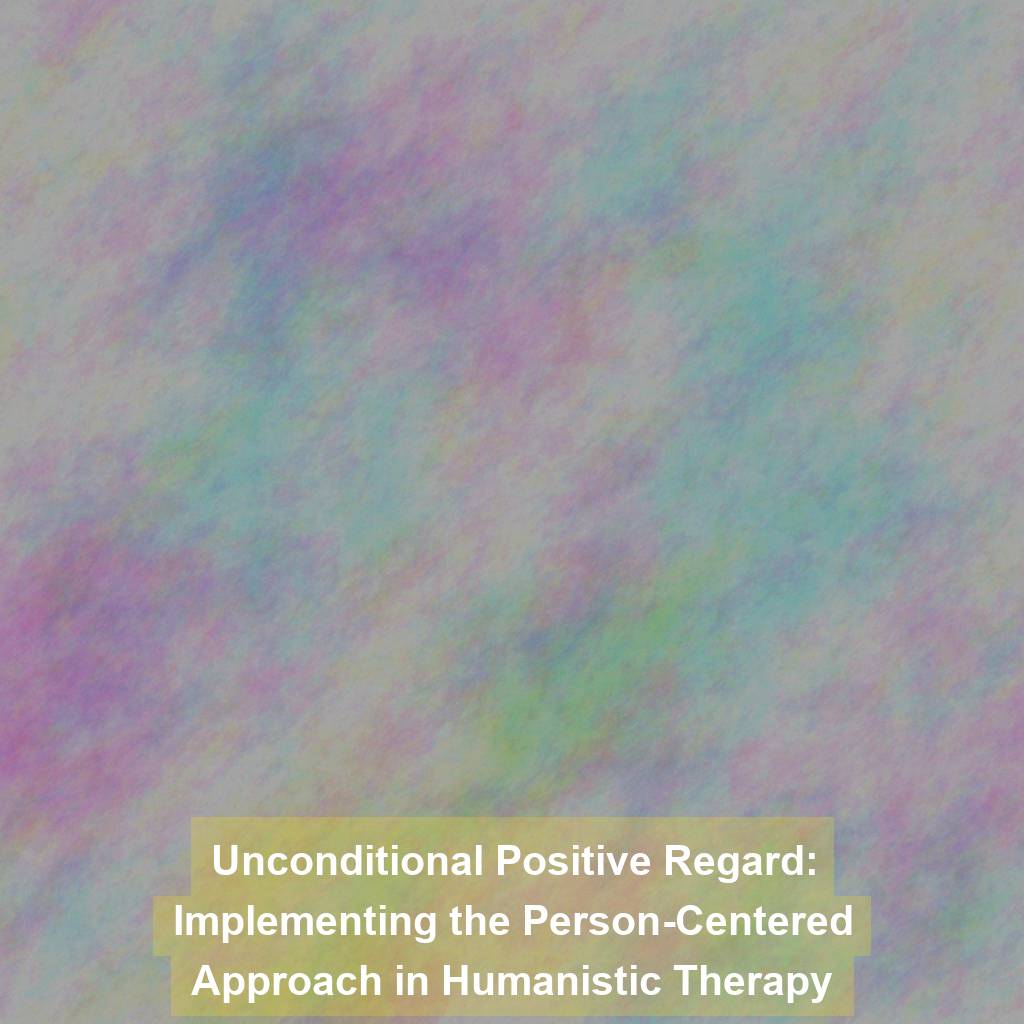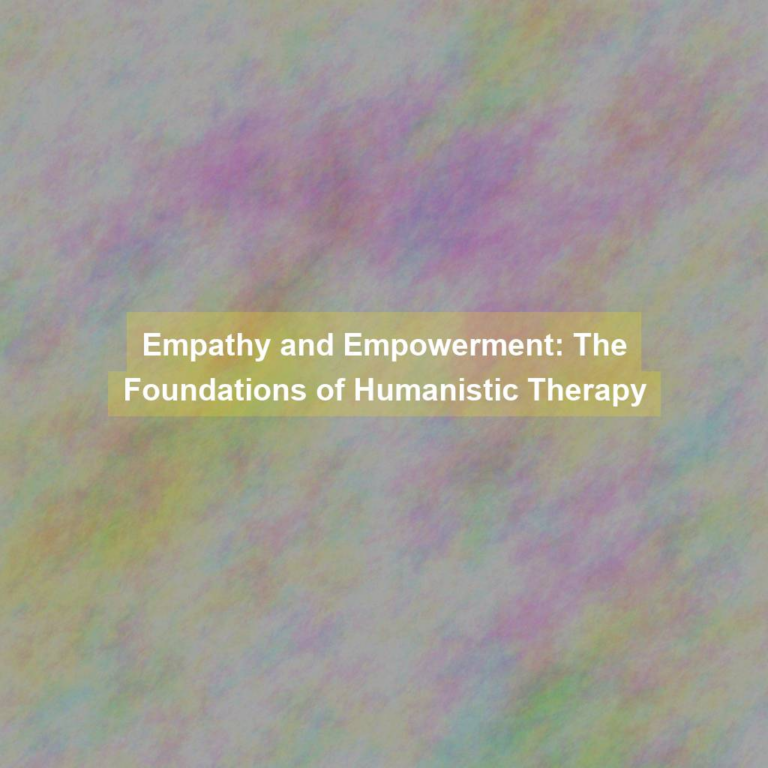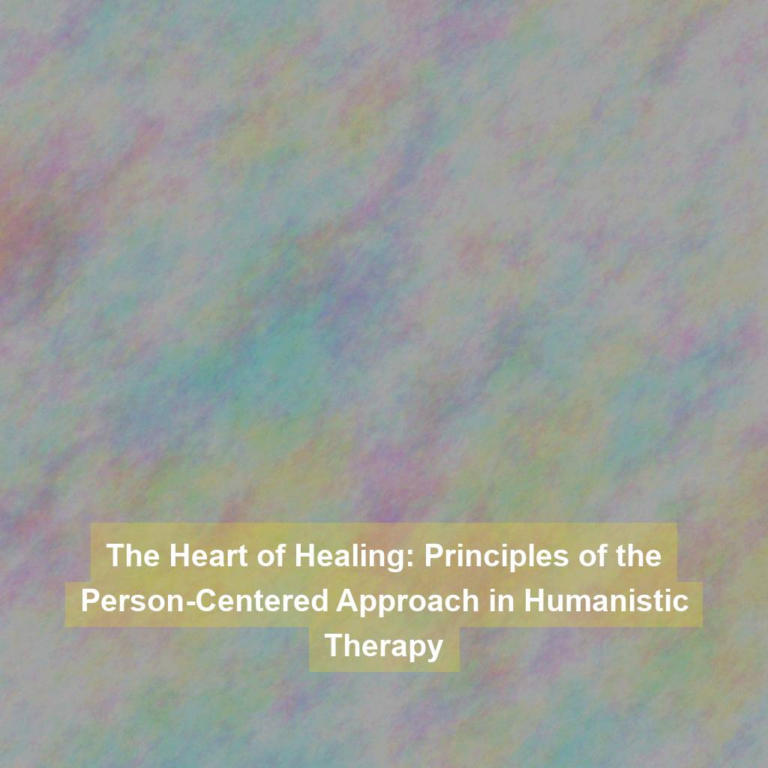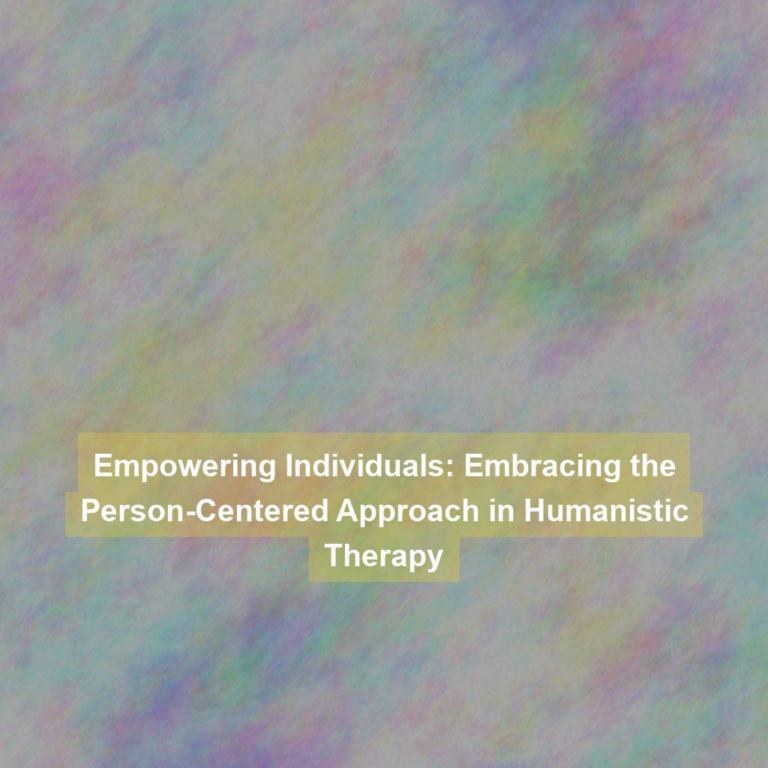Imagine a space where you are accepted without judgment, a place where every aspect of your being is embraced with warmth and understanding.
This is the essence of Unconditional Positive Regard (UPR) in humanistic therapy ‘ a concept that forms the foundation of the Person-Centered Approach.
As you explore the profound impact of UPR on client growth and well-being, you’ll uncover the transformative power of this therapeutic framework.
The Person-Centered Approach Explained
What exactly is the person-centered approach and how does it differ from other therapeutic approaches?
The person-centered approach, developed by Carl Rogers, emphasizes the importance of creating a non-judgmental and empathetic therapeutic environment where the client feels understood and accepted.
Unlike other therapeutic approaches that may focus on diagnosis, interpretation, or advice-giving, the person-centered approach prioritizes the client’s subjective experience and inner feelings.
This approach places the client as the expert of their own life, with the therapist providing support and guidance rather than direction or control. The therapist actively listens, reflects the client’s thoughts and feelings, and communicates unconditional positive regard, which means accepting and respecting the client without judgment.
This approach also values the concept of congruence, where the therapist is genuine and transparent in the therapeutic relationship.
Building Trust and Empathy
To build trust and empathy in the person-centered approach, prioritize creating a non-judgmental and empathetic therapeutic environment where the client feels understood and accepted. This involves actively listening to the client without imposing your own judgments or interpretations.
Show genuine interest in understanding their perspective, feelings, and experiences. Reflective listening, where you paraphrase and restate what the client has said, can help convey that you’re truly hearing and understanding them. Additionally, expressing empathy by acknowledging and validating the client’s emotions can foster a sense of trust and safety.
It’s important to convey warmth, genuineness, and unconditional positive regard in your interactions with the client. This means accepting them without conditions or expectations, which can help them feel secure in the therapeutic relationship. As trust begins to develop, the client may become more open and willing to explore their thoughts and feelings.
Embracing Client’s Uniqueness
Embrace the unique qualities and experiences of each client to cultivate a personalized and authentic therapeutic journey. Every individual who seeks therapy brings with them a set of distinct experiences, beliefs, and values that shape their worldview. By acknowledging and embracing this uniqueness, you can create a space where clients feel truly understood and accepted.
Recognizing the client’s uniqueness involves actively listening to their story without judgment, and valuing their perspective even if it differs from your own. It’s important to remember that what works for one client may not work for another, and that tailoring your approach to fit each client’s individuality is crucial for their growth and development.
Embracing your client’s uniqueness also involves understanding the impact of their cultural background, social context, and personal history on their experiences and behaviors. By doing so, you can foster a therapeutic environment that honors and celebrates diversity, while also promoting a deeper understanding of the client’s needs and goals.
Techniques for Demonstrating UPR
Acknowledging and embracing the unique qualities of each client sets the foundation for demonstrating Unconditional Positive Regard (UPR) in humanistic therapy.
One technique for demonstrating UPR is active listening. When you actively listen to your clients, you show them that you value their thoughts and feelings.
Reflective listening is another powerful technique. By paraphrasing and reflecting back what your clients are expressing, you convey that you understand and accept their experiences without judgment.
Empathetic understanding is essential in demonstrating UPR. Putting yourself in your client’s shoes and expressing empathy for their emotions creates a safe and supportive environment.
Nonverbal cues, such as maintaining eye contact, nodding, and using open body language, also play a significant role in demonstrating UPR. These nonverbal behaviors communicate your attentiveness and acceptance.
Additionally, using affirming and validating language reinforces UPR. Offering genuine praise and validation for your client’s strengths and efforts fosters a sense of acceptance and support.
Impact of UPR on Client Growth
You can observe significant positive changes in your clients’ personal growth when Unconditional Positive Regard (UPR) is consistently demonstrated in the therapeutic relationship. Clients who experience UPR feel accepted, valued, and understood, which fosters an environment conducive to self-exploration and personal development. As a result, they’re more likely to engage in introspection, confront challenging emotions, and work towards meaningful change.
UPR creates a safe space where clients can freely express themselves without fear of judgment or rejection. This freedom allows them to explore their thoughts, feelings, and behaviors with honesty and vulnerability. Through this process, clients often gain deeper insights into their own experiences, patterns, and motivations, leading to increased self-awareness and self-acceptance.
Moreover, the consistent experience of UPR can lead to enhanced self-esteem and confidence in clients. When they feel genuinely respected and cared for, they’re more inclined to believe in their own capabilities and worth. This newfound self-assurance often empowers clients to take risks, set healthy boundaries, and pursue their goals with greater determination.
Conclusion
In conclusion, implementing unconditional positive regard (UPR) in humanistic therapy is essential for building trust, empathy, and promoting client growth.
By embracing the client’s uniqueness and demonstrating UPR techniques, therapists can create a supportive and non-judgmental environment for clients to explore their thoughts and feelings.
UPR has a profound impact on the therapeutic relationship and is a cornerstone of the person-centered approach in humanistic therapy.







